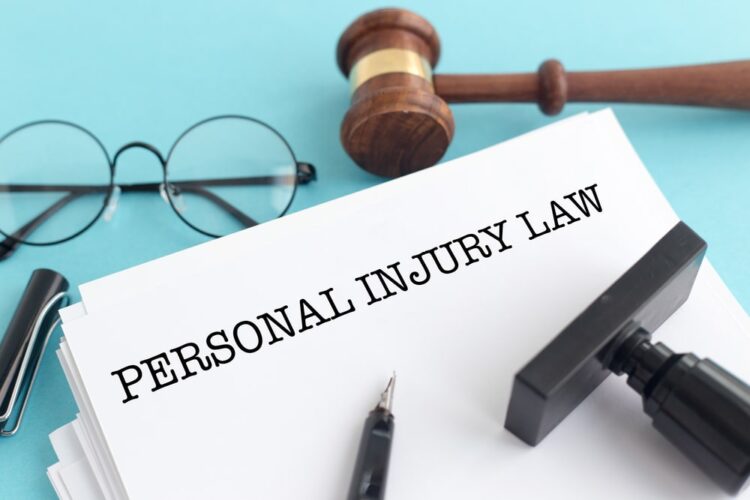May 28, 2024
Smart homes, equipped with the latest technology, offer convenience and enhance the quality of life for their occupants. However, as these homes become more advanced, they also introduce new risks and potential hazards that homeowners need to be aware of. According to a personal injury lawyer, it is essential that you know these risks to prevent accidents and ensure a safe living environment.
The Growing Popularity Of Smart Homes
Smart homes utilize various interconnected devices and systems to automate and control home functions such as lighting, security, heating, and entertainment. These devices are often controlled remotely via smartphones or voice commands, offering unparalleled convenience. However, the complexity and integration of these systems can sometimes lead to unforeseen problems and safety issues.
Electrical Hazards
One of the primary concerns in smart homes is the risk of electrical hazards. With numerous devices and appliances connected to the home’s electrical system, the chances of short circuits, electrical fires, and other related accidents increase. Faulty wiring, overloaded circuits, and malfunctioning devices can all pose significant risks.
Homeowners should ensure that all smart devices are installed by qualified professionals and that the electrical system can handle the increased load. Regular maintenance and inspection of electrical components are crucial in preventing accidents. If an accident does occur due to poor workmanship, then that means it is time to contact a lawyer.
Security Vulnerabilities
While smart home security systems are designed to protect residents, they can also introduce security vulnerabilities. Hackers can exploit weaknesses in smart home networks to gain unauthorized access, potentially leading to dangerous situations. For instance, compromised smart locks or security cameras can pose a direct threat to personal safety.
To mitigate these risks, homeowners should use strong, unique passwords for their smart devices, regularly update firmware and software, and employ robust network security measures, such as firewalls and encryption. It is also important to work with reputable companies that can help mitigate these risks from the start and offer constant protection.
Automation Failures
Smart homes rely on automation to perform tasks like adjusting the thermostat, controlling lighting, and even managing appliances. However, automation systems are not infallible. Glitches, software bugs, or hardware failures can lead to accidents. For example, a smart oven might overheat due to a malfunction, or automated blinds might close unexpectedly, causing injury.
It’s important to have manual overrides for automated systems and to regularly check and maintain these devices to ensure they function correctly.
Trip And Fall Hazards
Smart homes often feature a variety of connected devices, such as robotic vacuum cleaners, smart furniture, and automated lighting systems. While these devices are designed for convenience, they can also create trip and fall hazards. For instance, a robotic vacuum cleaner moving unexpectedly or a smart coffee table with moving parts can cause accidents.
Ensuring that smart devices are placed and programmed in a way that minimizes movement in high-traffic areas can help reduce the risk of falls. Additionally, good lighting is essential to ensure that all areas of the home are visible and safe to navigate.
Health Risks From EMF Exposure
Electromagnetic fields (EMFs) are generated by all electronic devices, and the proliferation of smart devices in the home increases overall EMF exposure. While research is ongoing, there are concerns about the potential health effects of long-term exposure to EMFs.
Homeowners should be aware of these potential risks and take steps to minimize exposure, such as placing devices away from sleeping areas and limiting the use of unnecessary smart devices.
Legal Implications
In the event of an accident or injury caused by a smart home device, determining liability can be complex. Was the injury due to a manufacturing defect, improper installation, or user error? These questions can complicate legal claims.
Consulting with a lawyer can provide clarity and help navigate the legal aspects of such cases. Attorneys like those at Cowan & Hilgeman can attest to the importance of understanding the nuances of personal injury law in the context of modern technology. They can assist in evaluating the circumstances of the injury and determining the best course of action.
While smart homes offer many benefits, they also introduce new risks that homeowners must be aware of. By understanding these risks and taking appropriate precautions, it is possible to enjoy the convenience of smart home technology while maintaining a safe living environment. However, if you have experienced injuries due to a smart home, contact a lawyer near you for help.

